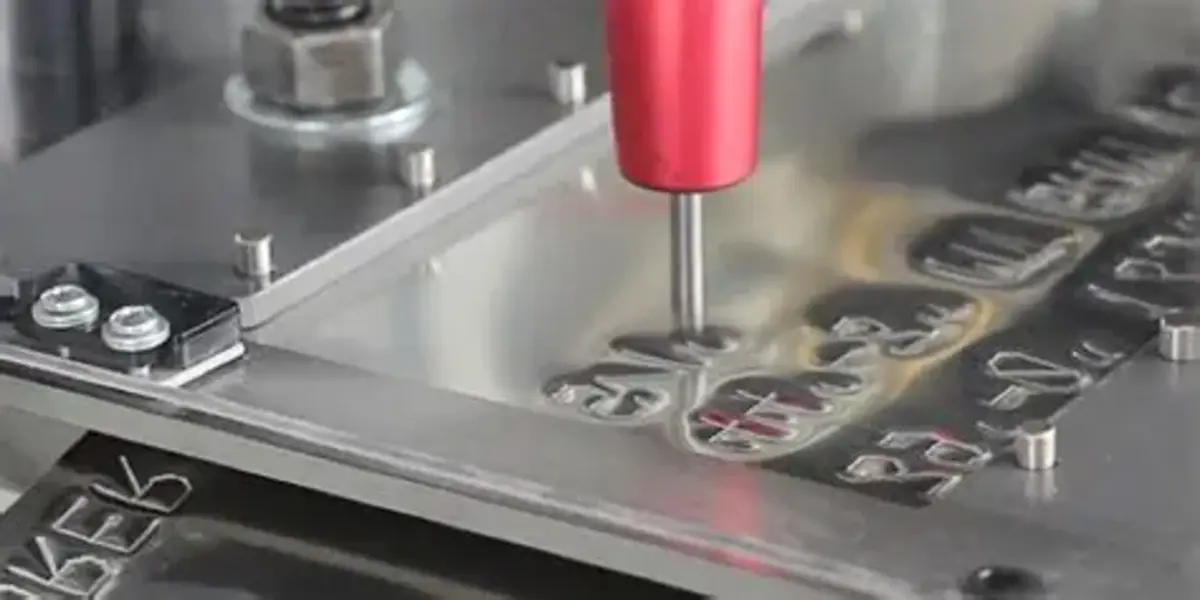Metal Stamping: Transforming Sheet Metal into Accurate Components

In construction and building, precision is non-negotiable. Every beam, panel, and joint relies on components that fit perfectly and perform reliably. The key to achieving such accuracy is a process that is commonly underestimated but indispensable: metal stamping. This manufacturing method transforms sheet metal into precise components used in structural frameworks, fixtures, and equipment across the industry.
What Is Metal Stamping?
Metal stamping is a high-speed, high-precision process that shapes flat sheet metal into specific forms using dies and presses. Instead of cutting and assembling parts individually, stamping allows manufacturers to produce identical components at scale, ensuring consistency and reducing waste.
The process involves several operations—such as blanking, punching, bending, and embossing—each designed to deliver a specific shape or feature. For the construction sector, this means everything from brackets and clips to structural reinforcements can be stamped with exact repeatability.
Why Metal Stamping Matters in Construction
Accuracy and Reliability
Stamped components are made to strict tolerances. This guarantees that when they arrive on-site, they fit seamlessly into larger assemblies without rework or adjustment. For contractors, this translates into fewer delays and lower installation costs.
Cost-Effective Scaling
Because stamping is designed for high-volume production, the cost per unit decreases significantly as quantities rise. In large construction projects where thousands of identical pieces are needed, stamping offers an unmatched balance of affordability and precision.
Material Versatility
Sheet metals like steel, aluminum, copper, and zinc can all be stamped, giving manufacturers the flexibility to match the right material to the application. For example, galvanized steel components are widely used in roofing and framing for their corrosion resistance, while aluminum brackets provide strength without excess weight.
Durability
Construction demands parts that can withstand heavy loads, weather exposure, and years of service. Stamped components maintain their strength and structural integrity because the process minimizes defects that can occur with manual cutting or welding.
Applications of Stamped Components in Construction
Metal stamping supports a wide range of products integral to building and infrastructure projects:
- Fasteners and Connectors: These components—brackets, gussets, and clips—guarantee stability in both steel and wooden frames.
- Electrical Components: Enclosures, switch plates, and conduits are stamped to precise dimensions, meeting safety standards.
- HVAC Systems: Ductwork components, louvers, and mounting hardware are efficiently produced with stamping.
- Roofing and Siding: Flashings, trims, and reinforcements are commonly stamped from galvanized steel for durability.
Custom Solutions: Specialized dies allow for tailor-made parts that meet unique architectural or engineering requirements.
From Design to Production: The Stamping Workflow
- Design & Prototyping – Engineers create CAD models of the component, accounting for exact tolerances.
- Tooling & Die Creation – Custom dies are developed to cut and form the sheet metal into the desired shape.
- Stamping & Forming – Using mechanical or hydraulic presses, the metal is shaped in a high-speed, automated process.
- Finishing – Parts may be plated, coated, or treated for added durability.
- Quality Assurance – Precision measurement systems ensure every component meets specification before delivery.
This streamlined process reduces the margin for error while maintaining rapid output, a major advantage for construction suppliers on tight deadlines.
Advantages Over Alternative Methods
Other methods—such as laser cutting, welding, or machining—play important roles in fabrication, but stamping offers unique strengths:
- Speed: Stamping can produce thousands of identical parts per hour.
- Uniformity: Each part is consistent, which is crucial when components must align perfectly on-site.
- Reduced Waste: Optimized sheet layouts minimize material scrap, lowering costs and supporting sustainability.
Practical Advice for Builders and Contractors
For construction professionals, the benefits of stamped components are clear, but choosing the right supplier is critical. Here are three considerations:
- Check Capabilities – Ensure the manufacturer can handle the materials and thicknesses your project requires.
- Assess Quality Standards – Look for suppliers with ISO certifications or other industry accreditations.
- Value Customization – Partner with a manufacturer who can design and stamp custom components tailored to your project’s needs.
Conclusion
More than just a production method, metal stamping is a pillar of modern building practices. By turning sheet metal into accurate, reliable components, stamping supports the industry’s drive for efficiency, cost-effectiveness, and structural integrity.
tokohasil: For contractors, architects, and builders, understanding the role of stamping means better decisions when sourcing parts and materials. In an industry where precision matters at every level, stamped components deliver the dependability construction projects demand.

